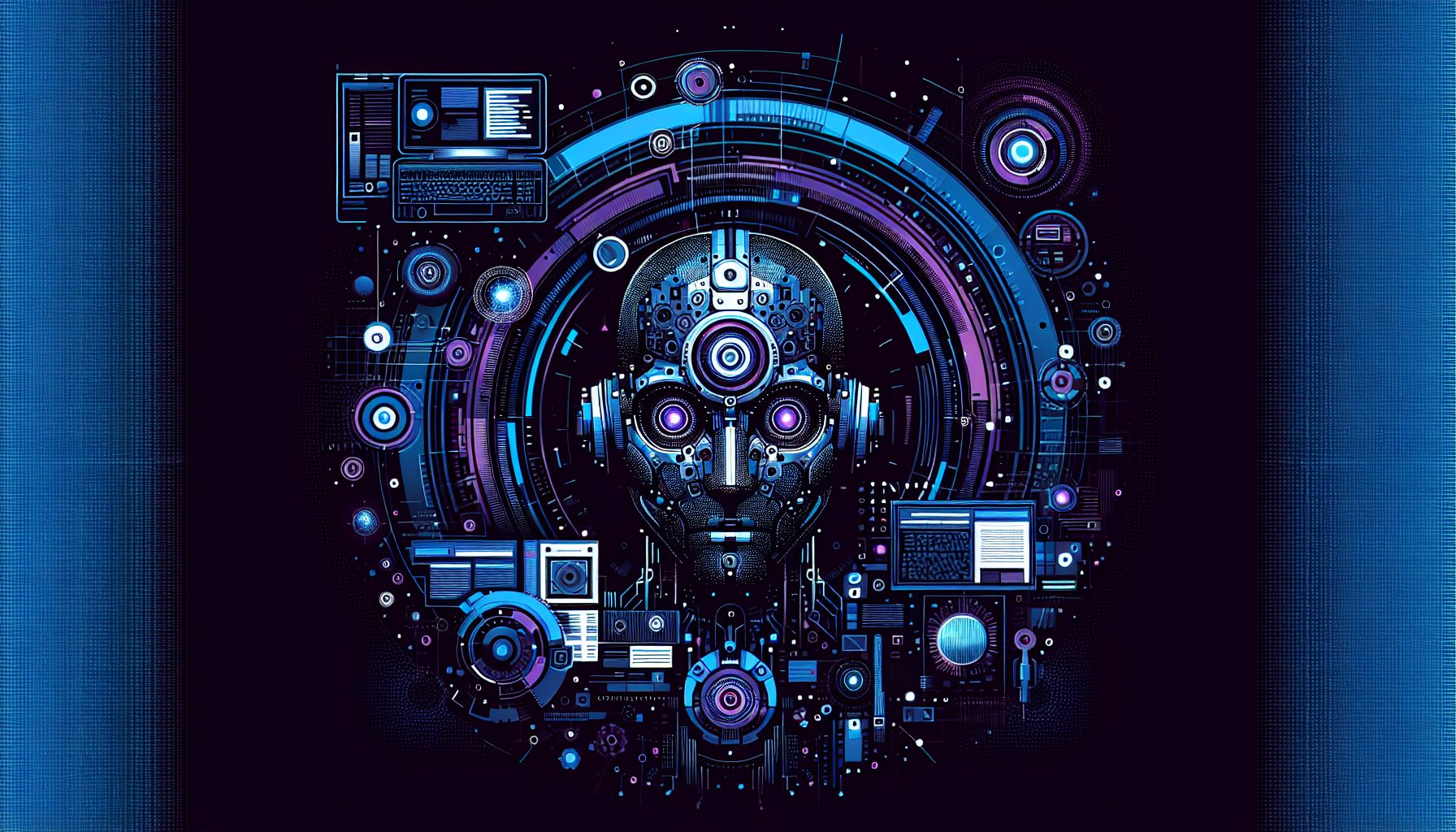Introduction
As the technological landscape accelerates into the future, the emphasis on code quality has become a cornerstone in the software development industry. Today, we'll explore the latest strategies and technologies that are defining the art of code quality in 2025.
Modern Development Methodologies
The rise of Agile and DevOps have ushered in a new era of continuous integration and continuous delivery (CI/CD). These methodologies promote iterative development, frequent testing, and rapid deployment, which inherently demand high-quality code.
Continuous Integration and Code Quality
Continuous Integration (CI) is a development practice where developers integrate code into a shared repository frequently, preferably several times a day. Each integration is then verified by an automated build and automated tests. The objective is to detect integration bugs as quickly as possible and ensure code quality.
// Example of a CI pipeline configuration file using Jenkins
pipeline {
agent any
stages {
stage('Build') {
steps {
echo 'Building...'
}
}
stage('Test') {
steps {
echo 'Testing...'
}
}
stage('Deploy') {
steps {
echo 'Deploying...'
}
}
}
}
Code Analysis: Static & Dynamic
Static Code Analysis and Dynamic Code Analysis are two of the most innovative approaches to maintaining code quality in 2025.
Static Code Analysis
Static Code Analysis involves examining the code without executing the program. It can identify issues such as syntax errors, variable type mismatches, or unhandled exceptions. Modern tools, like SonarQube, are highly efficient in providing in-depth code quality metrics and technical debt estimation.
Dynamic Code Analysis
Dynamic Code Analysis, on the other hand, analyzes the code while the program is in execution. This approach is effective in finding runtime error conditions such as memory leaks, pointer errors, or resource leaks. Tools like Valgrind and Dynatrace are leading the charge in dynamic code analysis in 2025.
Code Reviews: A Human Touch
Despite advancements in automation, the human element still plays a crucial role in maintaining code quality. Code reviews, where peers manually review each other's code, are an effective way to catch bugs, enforce consistency, and promote knowledge sharing.
Conclusion
Ensuring code quality is no longer a luxury but a necessity in the rapidly evolving technological landscape of 2025. By adopting modern development methodologies, leveraging innovative code analysis tools, and fostering a culture of code reviews, you can significantly enhance the quality of your code and solidify your place in the future of software development.
Key Takeaways
1. Embrace Agile and DevOps methodologies for continuous integration and delivery.
2. Use Static and Dynamic Code Analysis tools to automate the process of code quality checks.
3. Don't underestimate the power of manual code reviews for maintaining code quality.
4. Stay abreast of the latest trends and technologies in code quality to stay competitive.
